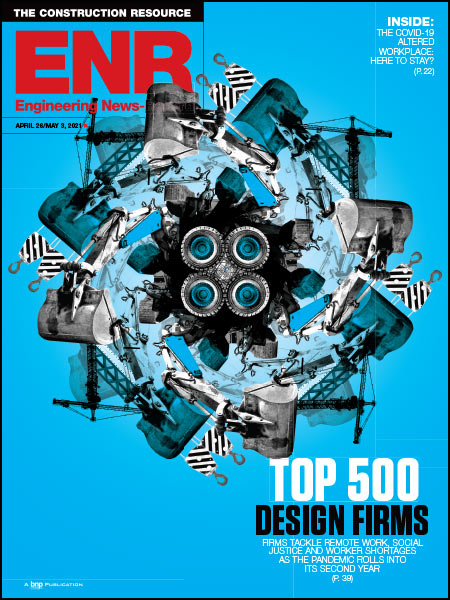Many transportation officials are looking to ease the toll that congestion takes on highways—by tolling those highways to relieve congestion. But many industry officials and consultants say that easing the impact of transportation on the environment means more than just tolls or widened roads: It requires unprecedented levels of innovation and collaboration.
This view was reflected in a number of well-attended sessions on public-private partnerships (PPP) and tolling strategies at the Transportation Research Board’s 86th annual meeting, held Jan. 21-25 in Washington, D.C. “Twenty years ago, [PPP and tolling sessions] were all held in one little room, and most of the attendees were economists,” remarked Adrian Moore, vice president of research with the think tank Reason Foundation.
“PPPs could curb fuel use and emissions, or they could increase the problem,” warned panelist Michael Repogle, transportation director for Environmental Defense, a nonprofit New York City-based organization. “Are we going to use PPPs to just build roads faster?”
He suggested that future greenfield PPP agreements should include environmental performance specifications, toll prices that vary according to time of day (rather than peak-hour tolls) and use of toll revenue to invest in transit and carpool lanes, not just more roads.
 | U.S. Dept. of Transportation chief Peters says innovative approaches to projects and better methodologies for congestion tolling are vital to decreasing congestion and pollution on U.S. highways. |
Those ideas were echoed by U.S. Dept. of Transportation Secretary Mary Peters. “One of the most promising options for combating out-of-control congestion is to turn to technology and invest in innovation,” she said. “Foremost among these approaches is the new technological capability to accurately price the growing costs of congestion.”
Ronald Kirby, transportation planning director for the Metropolitan Washington Council of Governments, talked about the complexities in determining tolling strategies on Virginia’s estimated $900-million Interstate 495 plan to add four 15-mile high-occupancy lanes. The state initially estimated a 10¢ to 35¢ range of toll charges for single-occupancy vehicles using those lanes. But “motorists don’t simply get on at one end of the 15 miles, then get off at the other end,” Kirby noted. “Tolls would have to vary by time of day, segment used and direction.” New estimates now project the need for tolls costing up to $1.10 during the evening rush to keep traffic moving.
Innovative contracting will be key for non-PPP projects, as well. Lessons learned from European projects abounded, including discussions on Early Contractor Involvement and methods emphasizing best value selection rather than low bid.
For example, the Oregon Dept. of Transportation has just awarded a $65-million contract to rebuild Route 99E viaducts using what it calls an A+C+D approach—grading bidders on price, technical qualifications and method, said Frank Nelson, ODOT bridge preservation engineer. These and other factors are weighed and scored according to their value on a specific job.




Post a comment to this article
Report Abusive Comment